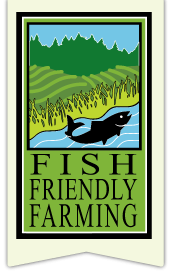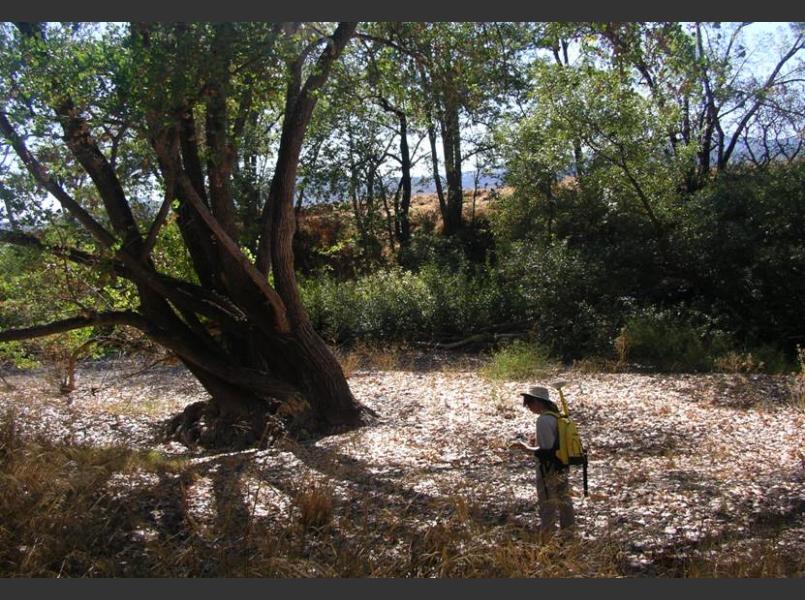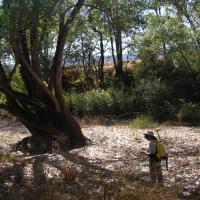Napa River Sediment Reduction and Habitat Enhancement Plan
In 2006 the California Land Stewardship Institute (CLSI) requested funding from the Ca. State Water Resources Control Board and the Napa County Water Conservation and Flood Control District to prepare an enhancement plan for nine miles of the Napa River between the Oakville Cross Road bridge and the Oak Knoll Avenue bridge. Numerous landowners along this reach of the Napa River were enrolled in the Fish Friendly Farming program and having problems with bank erosion and flooding. The Oakville to Oak Knoll Reach suffers from channel incision with bank collapse, erosion of channel bedforms (riffles, bars, pools) important to salmonids, and a reduced riparian corridor due to the lack of a functional floodplain. Channel erosion was studied in the Napa River Limiting Factors Analysis and identified in the 2005 Technical Report on the fine sediment TMDL for the Napa River as a major source of fine sediment. As the river erodes its bed and deepens, the banks collapse, directly contributing fine sediment to the river. Tributaries also incise and contribute sediment to the river. The incision of the Napa River channel over the past fifty years has numerous causes including gravel mining and dredging, municipal reservoir development, channel clearing and straightening, and levee construction. Many of these practices such as mining, dredging, channel clearing and straightening are no longer used, but their effects remain.
The California Land Stewardship Institute (CLSI) is coordinating the science team and Technical Advisory Group, administering the grant, carrying out landowner outreach and involvement, riparian ecology assessment, and water temperature monitoring.
Funding for this project is provided by the California State Water Resources Control Board and the Napa County Water Conservation and Flood Control District.



